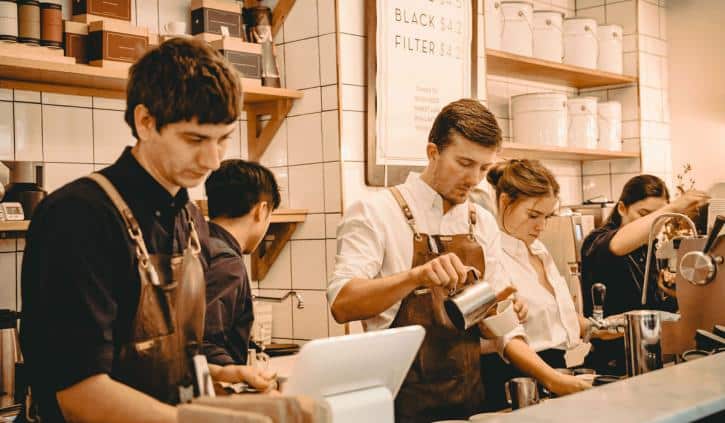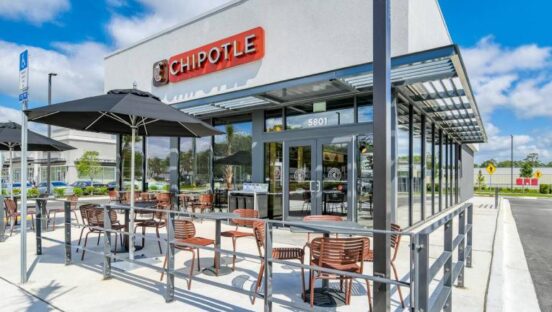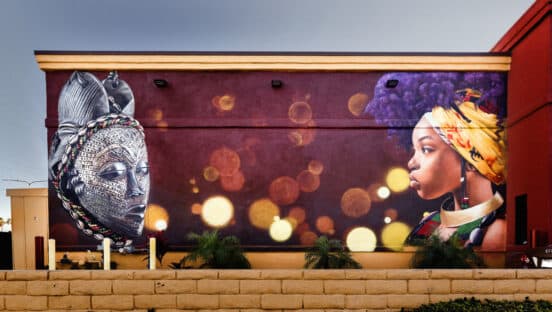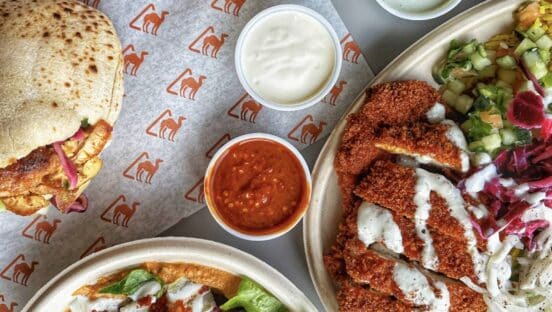




Editor’s note: This is the first installment in a regular series from Kitchen Fund, “A Seat at the Table,” which will distill that understanding into insights for restaurant operators.
The appetite for new, exciting restaurant brands is stronger than ever, with away-from-home dining up 36 percent since 2010, according to the USDA’s Economic Research Service. This growth, however, is not evenly distributed across the restaurant industry. Consumers today demand higher-quality brands to replace the legacy options that previously dominated American dining for decades. This shift in preferences is most readily apparent in the rise of the fast-casual segment, which has grown from a $29 billion in annual sales in 2011 to a projected $74 billion by 2021, according to the National Restaurant Association.
When an industry as large as the $860-billion-a-year restaurant industry (per the NRA) shifts this quickly, investors will inevitably pour in. More than $3 billion was invested in food and beverage startups in 2019 alone, according to a Crunchbase report. This is fantastic news for emerging brands, which are increasingly turning to institutional investors to fuel their growth.
But if you are a founder, are you ready to approach these investors? Let’s answer the question we receive most frequently: “What do investors like Kitchen Fund look for in a restaurant brand?”
Thoughtful investors will go through a detailed diligence process ahead of investing. This is a deep dive into all of the nooks and crannies of a business. However, those who understand the growth restaurant segment well will focus on three major areas: vision, store economics, and management. We believe that a fourth factor, social impact, is also crucial to a brand’s long-term success. Before seeking capital, it is important that a brand has a strong grasp of each of these areas.
Vision
As growth investors, we look for passionate founders with the desire and vision for growth. This begins with a unique story. While a brand could represent an entirely unique food category, it certainly doesn’t have to; examples of this are actually quite rare. More importantly, a brand must have a unique vantage point. Sweetgreen certainly wasn’t the first salad concept in town. Nor was anyone urgently seeking another salad concept. But Sweetgreen has a rich story driven by visionary founders who have created much more than a restaurant. This team has built a true lifestyle brand. Their idea is manifested in the unique customer journey—a few friends don’t start by saying, “let’s get salad,” and decide on Sweetgreen as the best option. Rather, they start with, “let’s get Sweetgreen.”
The second part of vision we assess is where the founders want to take their brand. Sometimes this isn’t entirely clear, and we often work with founders to assess the right trajectory for their company. Does a restaurant want to grow from two to four locations, open 200 corporate units, or build an international franchise network? There is no right or wrong answer, but the answer must be rooted in the brand’s DNA.
Economics
We invest in restaurant concepts with strong unit economics and replicability. Our primary goal, after all, is to enable restaurant brands to grow successfully. We must be able to reliably predict future growth in our financial modeling in order to invest.
The most critical figure in this model is the cash-on-cash return ratio: store-level profits (store-level EBITDA) as a percentage of all-in upfront costs to open each new location (capital expenditures and pre-opening costs). Ideally, we want to see cash-on-cash returns of 40 percent or more. By way of example, if a new store location costs $800,000 to build and is projected to earn $2 million annually in sales and operate at 20 percent margins, we calculate store-level EBITDA of $400,000 and a cash-on-cash return of 50 percent.
While average-unit volume, margins, and capital expenditures are all part of this cash-on-cash return puzzle, none of these figures alone tell the whole story. Many investors miss this fact. For readers looking for industry benchmarks, the standard model generally comes down to 60 percent prime costs (split between 30 percent food costs and 30 percent labor), 10 percent occupancy, and 10 percent other operating costs. The reality, of course, is that each concept’s model is slightly different, but this is a helpful shorthand to back into 20 percent store-level margins. We also consider product mix, traffic and average ticket growth over time, lease schedules, detailed buildout costs, and technology stack.
Replicability is also critical to our model, particularly outside of a concept’s home market. How closely will the numbers align to the prototype? How many brand locations can that market support? Is the existing supply chain poised to handle this growth? We aim to ensure strong returns on capital across the store base.
Management
While some investors pay lip service to the need for strong management teams, at Kitchen Fund we take this to heart and spend time assessing a team’s strengths and weaknesses before a potential transaction. Every founding team has inevitable gaps in its knowledge base. We work together with founders to identify those gaps and build a hiring plan for each phase of the growth cycle—even before we have formally partnered together. After a transaction, we actively recruit talent at all executive-level positions as needed.
Knowing that a management team will need to be augmented over time, what we look for pre-transaction is a team that has “command” of its business. Who are your guests? Why do they love you? What types of marketing do they engage with? How does the menu need to evolve over time? It is a red flag if teams have never considered these questions before.
The Emerging Factor: Social Impact
While we have always personally believed in the importance of a strong social impact mission at the core of a brand, it has become increasingly clear that consumers are now demanding the same. Having an authentic purpose (a “why” behind the “what”) engenders customer and employee interest and loyalty in a tremendously powerful way. We seek out brands that are purpose built and engrain ethical and sustainable practices into how they interact with guests, employees, and suppliers. Diners want to be proud of the companies that they patronize. Evaluating investments for environmental, social, and governance factors is not just the ethical thing to do, but also fundamental in growing leading brands.
Our portfolio company Sustainable Restaurant Group (SRG) is a shining example of the social impact that a restaurant brand can exert. As a certified B Corporation (a private company that voluntarily meets higher standards of social and environmental transparency, accountability, and performance to the benefit of all stakeholders, rather than shareholders alone), every part of the SRG operation is mindful. For example, the company has built its own sustainable supply chain to reduce overfishing and improve ocean health, carries no single-use plastics, and uses renewable energy in every store location. These decisions are not only good for the environment, but will also build loyalty among SRG guests.
The Other Side: Evaluating Investors
A successful diligence process is a two-way street, and we cannot overstate the importance of carefully selecting the right investor. Look for more than just a check. Find a true partner.
Growth presents inevitable challenges along the way. Investors with specialization and experience can provide help in navigating these challenges and seizing opportunities. Work with investors who are not only braced for the inevitable speed bumps along the way, but also prepared to roll up their sleeves and help when those issues arise. Within the past year alone, our team has helped our portfolio brands build labor models, strategize geographic expansion and evaluate specific site selection, provide branding support, execute corporate team hiring, optimize supply lines, and develop additional revenue streams outside of the stores. Our relationships with other restaurants and investors enable us to track down the right COO, optimize the technology stack—including loyalty platforms, guest insights, digital menuboards, and delivery platforms—and find the wholesale partner who can make all the difference to the bottom line.
Founders should also make sure they are aligned with investors on expectations. Some investors have permanent capital, while others need to exit an investment in four years. Some investors are happy to make a 3x return on their investment, while others in the venture capital industry will only underwrite deals with 10x+ potential. These nuances will dictate fundamentally different strategies for a brand, so it is critical to align before considering a transaction.
Growing a restaurant brand is challenging, particularly the first time around. Select an investor who understands this, is aligned with your vision, and is ready to dive into the mayhem with you.
Greg Golkin is managing partner at Kitchen Fund, a source for strategic capital for emerging restaurant brands. Its job is to provide targeted capital, connections, and know-how to help restaurant brands bring their story, ethos, and recipes to eaters everywhere. Its team includes world-class food and technology entrepreneurs, finance experts, and hospitality veterans. Together, they have carefully assessed thousands of restaurant concepts. From team building to technology, branding and marketing to new geographic market entry, they help brands stay one step ahead in the ever-evolving restaurant marketplace. Their experience provides them with a unique understanding of today’s restaurant industry landscape, where the terrain will shift tomorrow, and how to successfully navigate those transitions.












